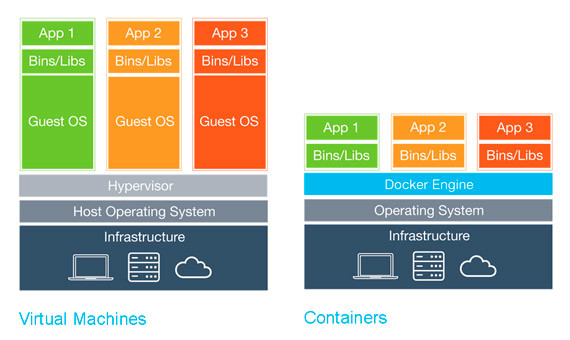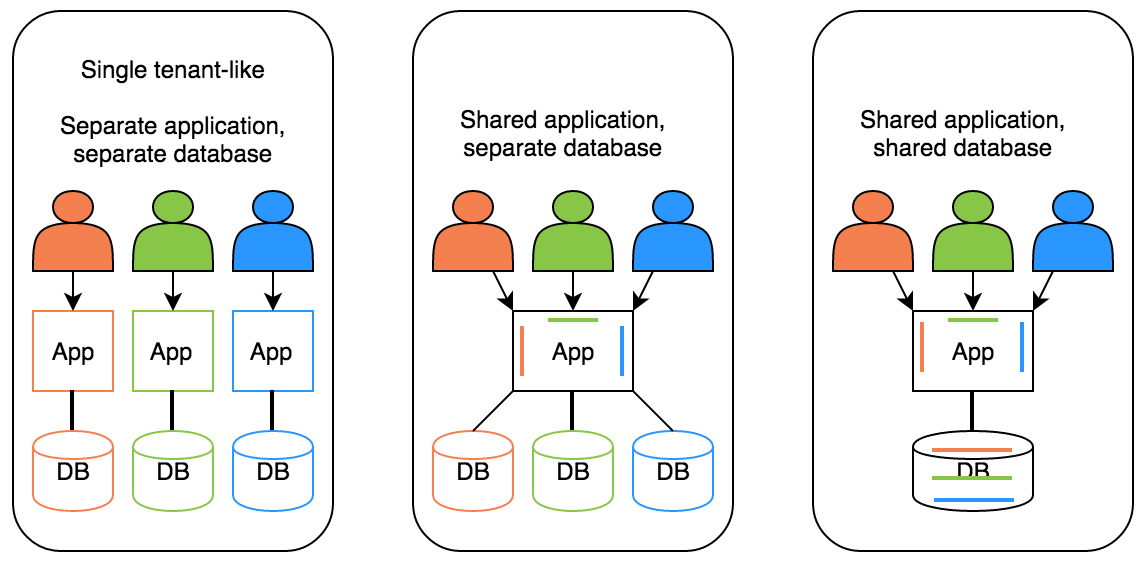Technical debt in the enterprise is deepening, and every codebase and digital product has its own collection of successes and challenges. There are several concepts that teams increasingly look toward to modernize and simplify development.
Micro-services and modern front-ends are popular candidates to help make sense of development efficiency, while containerization and multi-tenant architectures offer hosting benefits.
Below are definitions, considerations to incorporate in 2019 technical architecture planning, and actionable insights.
Definitions
- Containerization: Application containerization is an OS-level virtualization method used to deploy and run distributed applications without launching an entire virtual machine (VM) for each app. Multiple isolated applications or services run on a single host and access the same OS kernel. Containers work on bare-metal systems, cloud instances and virtual machines, across Linux and select Windows and Mac OSes (TechTarget).
- Micro-services: A micro-services architecture consists of a collection of small, autonomous services. Each service is self-contained and should implement a single business capability (Microsoft).
- Multi-tenancy: Multi-tenancy is a reference to the mode of operation of software where multiple independent instances of one or multiple applications operate in a shared environment. The instances (tenants) are logically isolated but physically integrated (Garner).
Considerations to Consider in Your 2019 Technical Architectural Planning
Modern Java or .NET Core stacks are both viable technical directions forward to ensure modernization without compromising on enterprise-grade library support and a culture of strongly organized code. The evolution of your architecture should be driven by the skill set of your tech team and the ease with which evolution can be effected using agile methodologies.
- Containerization consumes less resources than virtualization, and it requires less OS licenses than a virtualized setup.
- Micro-services do not need to share the same technology stack, libraries, or frameworks.
- Multi-tenancy allows one instance of software to run on a server and serve multiple tenants; multi-tenancy contrasts with multi-instance architectures, where separate software instances operate on behalf of different tenants.
Actionable Insights
- Establish well-defined APIs so your services can be deployed separately. Each service can be its own technology and managed by small teams. Careful functional separation helps monolithic architectures be successful, but for micro-services, it is an absolute necessity.
- Augmenting the technology stack can bring benefits where specific technologies offer genuine differentiation in available paradigms, existing solutions and maintainability. An increased portfolio of technologies comes at the expense of being able to retain strong expertise.
- Containerize to create flexibility as each container operates independently of others and uses minimal resources from the host. Application containerization also works well with micro-services and distributed applications.
- Enable effectively-sized, independent teams. A sound technical architecture assists parallel efforts, long term vision, and the ability to scale to meet enterprise needs.
- Don’t let the front-end be an uphill battle. There are many robust community solutions whatever your organization’s needs, and sound practices can achieve consistency and maintainability.
Article by channel:
Everything you need to know about Digital Transformation
The best articles, news and events direct to your inbox
Read more articles tagged: Featured, Frameworks









